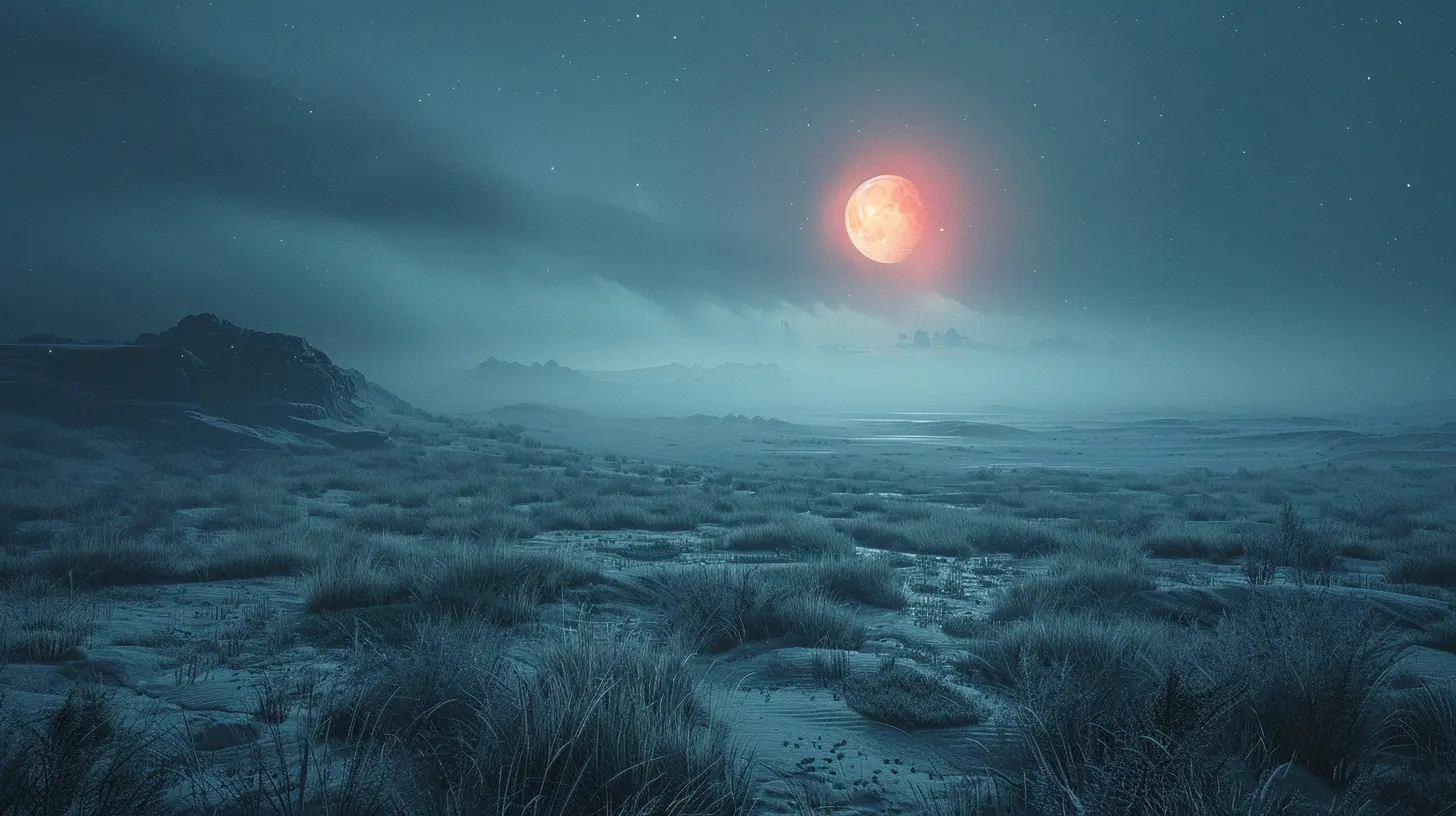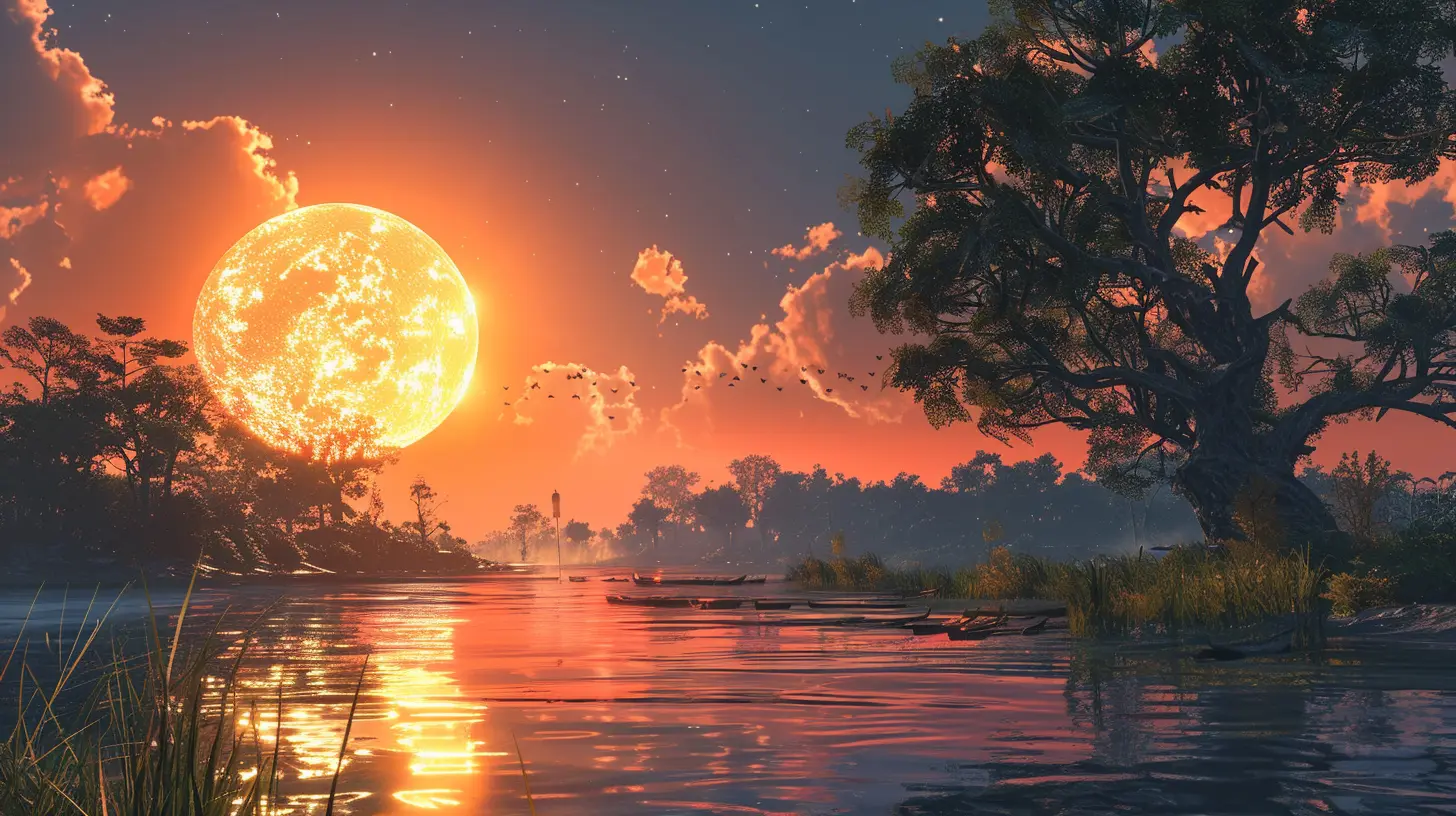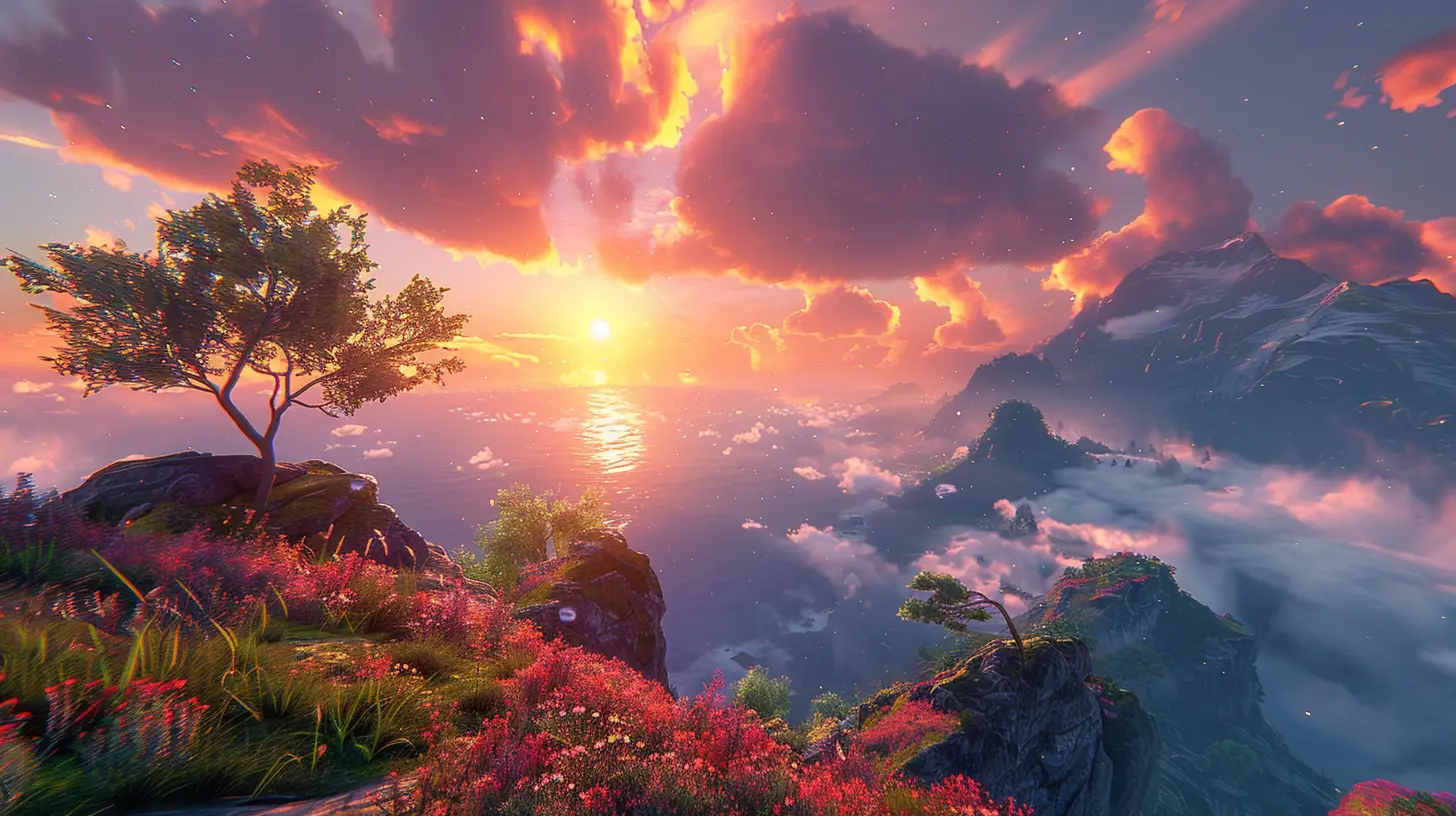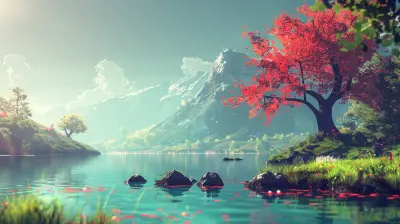Designing Weather Systems and Day-Night Cycles in Open-World Games
31 October 2025
Creating an immersive open-world game is like painting a masterpiece—every detail matters. At the heart of this experience, two elements often stand out: weather systems and day-night cycles. These features not only enhance realism but also add depth and variety to the gameplay. But how do game developers approach designing these systems? Let’s dive into the nitty-gritty and figure out what makes them tick.
The Importance of Weather Systems and Day-Night Cycles
Picture this: you’re wandering through a lush forest in an open-world game, and suddenly, dark clouds roll in, raindrops patter against the trees, and the once-cheerful birdsong fades into a distant rumble of thunder. Sounds immersive, right? This is why weather systems and day-night cycles are so crucial. They do more than just look good—they create dynamic worlds that feel alive.These systems can profoundly impact gameplay. Think of a stealth mission where nightfall gives you the perfect cover or a survival scenario where a snowstorm forces you to find shelter. Weather and time mechanics can pull players deeper into the world by changing how they interact with it. 
Challenges in Designing Weather Systems
Now, let me tell you, designing robust weather systems isn’t a walk in the park. It’s not just about slapping on some rain or snow and calling it a day. Developers need to balance realism, gameplay mechanics, and performance optimization. That’s no small feat.Here are some challenges they face:
1. Realism vs. Performance
Weather needs to look believable, but at the same time, it shouldn’t fry your computer! Highly detailed effects like dynamic rain puddles or realistic snow accumulation can be resource-intensive. Developers must use clever techniques like shaders, particle systems, and LOD (Level of Detail) scaling to strike the right balance.2. Dynamic Transitions
The weather has to change smoothly—no one wants to see the sky jump from sunny to stormy with the subtlety of a light switch. Achieving these natural transitions requires seamless blending of visual and audio cues. Think gradients in the sky, soft ambient changes, and the distant murmur of approaching storms.3. Gameplay Integration
Weather shouldn’t just be eye candy; it needs to matter. Take "The Legend of Zelda: Breath of the Wild," for example—wet surfaces become slippery in rain, and lightning storms can fry players carrying metal weapons. Balancing these mechanics to ensure they’re fun and not frustrating is a tough nut to crack.
Crafting Day-Night Cycles
Day-night cycles are another critical feature for open-world games. A static world can feel frozen and lifeless, but when time flows naturally, everything becomes more dynamic and engaging. From glowing sunsets to eerie moonlit nights, these cycles set the tone for your adventures.1. Designing the Clock
Most day-night systems rely on an in-game clock, but the time progression speed varies widely. Games like "Minecraft" opt for a quick cycle, letting players experience both day and night in under 20 minutes, while titles like "Red Dead Redemption 2" simulate a slower, more realistic pace. Deciding on the right speed depends on the game’s focus and pacing.2. Lighting Effects
Lighting is everything. The position of the sun or moon dictates shadows, color saturation, and overall visibility. Advanced games often use real-time lighting systems like Global Illumination to create life-like environments. You know that long shadow creeping across the ground as the sun dips below the horizon? That’s the magic of dynamic lighting.3. Impact on Gameplay
Time of day can completely change the way players engage with the world. NPC schedules in games like "The Elder Scrolls V: Skyrim" shift—they open shops during the day and head home at night. Some enemies might be tougher or more plentiful in certain lighting conditions, adding an extra layer of strategy.
Combining Weather and Day-Night Cycles
Here’s the thing: weather and day-night cycles work best when they’re intertwined. Imagine a snowy night where the moonlight reflects off shimmering ice or a bright sunny morning gradually giving way to an overcast afternoon. When these systems interact, they create moments of natural beauty that feel unscripted and unique.1. Dynamic Environments
Games that link weather and time together often feel the most alive. Take "The Witcher 3: Wild Hunt," for instance—the color palette shifts depending on the time of day and weather. Storms feel more intense at night, while sunny days contrast beautifully against clear skies.2. Player Behavioral Influence
Let’s not forget how these systems influence players. If you’re playing an RPG and spot a darkening sky, you might panic and rush to find shelter before the rain starts. That’s powerful—it makes the game world feel reactive and unpredictable.Tools and Technologies Behind the Magic
Behind every realistic raindrop or sunrise is a complex web of technology. Game engines are where the magic happens, with developers leveraging tools like Unreal Engine, Unity, or proprietary in-house software to bring these systems to life.1. Particle Effects and Shaders
Rain, snow, fog—all of these effects rely heavily on particle systems. Shaders control how light interacts with these particles, creating reflections, refractions, and opacity changes that mimic real-world physics.2. Environmental Audio
Let’s not forget sound design! Audio plays a huge role in selling the realism of weather and time. Rain isn’t just seen—it’s heard. Dynamic audio systems ensure that everything from a drizzle to a downpour feels authentic, with the sounds shifting based on player location and intensity.3. AI and Behavior Scripting
AI plays a huge role in making weather and time feel immersive. It could be something as simple as NPCs opening umbrellas during rain or animals seeking shelter when a storm rolls in. These little touches go a long way in making the world feel lived-in.Why Players Love These Systems
So, why do players go nuts for well-designed weather systems and day-night cycles? It’s all about immersion. These elements make the world feel real, like it’s moving and evolving even when you’re not around. They turn a static map into a living, breathing ecosystem.Plus, who doesn’t love those unscripted "wow" moments? A sunrise after a long night of fending off enemies, or a sudden rainstorm that forces you to rethink your strategy—these experiences stick with players long after they’ve put the controller down.
Future Trends in Weather and Day-Night Design
What’s next for weather and day-night cycles? As technology evolves, we’re likely to see even more realistic and interactive systems. AI advancements could make NPCs even more reactive to environmental changes. Machine learning could enhance procedural generation, ensuring no two sunsets or storms are ever the same.We might also see more games incorporating extreme weather events—think hurricanes, tornadoes, or droughts—that dynamically shape the world over time. Imagine a game where a severe flood alters terrain, opening new pathways while closing others. The possibilities are endless!
Wrapping It Up
At the end of the day (no pun intended), designing weather systems and day-night cycles in open-world games is about more than just eye candy. It’s about creating an emotional connection between players and the world they’re exploring. When done right, these systems turn the ordinary into the extraordinary, making every game session feel fresh and unpredictable.So, the next time you find yourself marveling at a gorgeous sunset or cursing a sudden downpour in a game, take a moment to appreciate all the thought and effort that went into making that moment happen. Developers are the unsung heroes of immersive gaming, weaving intricate systems that bring virtual worlds to life.
all images in this post were generated using AI tools
Category:
World BuildingAuthor:

Emery Larsen
Discussion
rate this article
1 comments
Maxwell Lamb
Dynamic weather enhances immersion, shaping gameplay experiences significantly.
November 3, 2025 at 4:31 AM

Emery Larsen
Thank you! Dynamic weather truly adds depth and realism, making player experiences more engaging and immersive.


